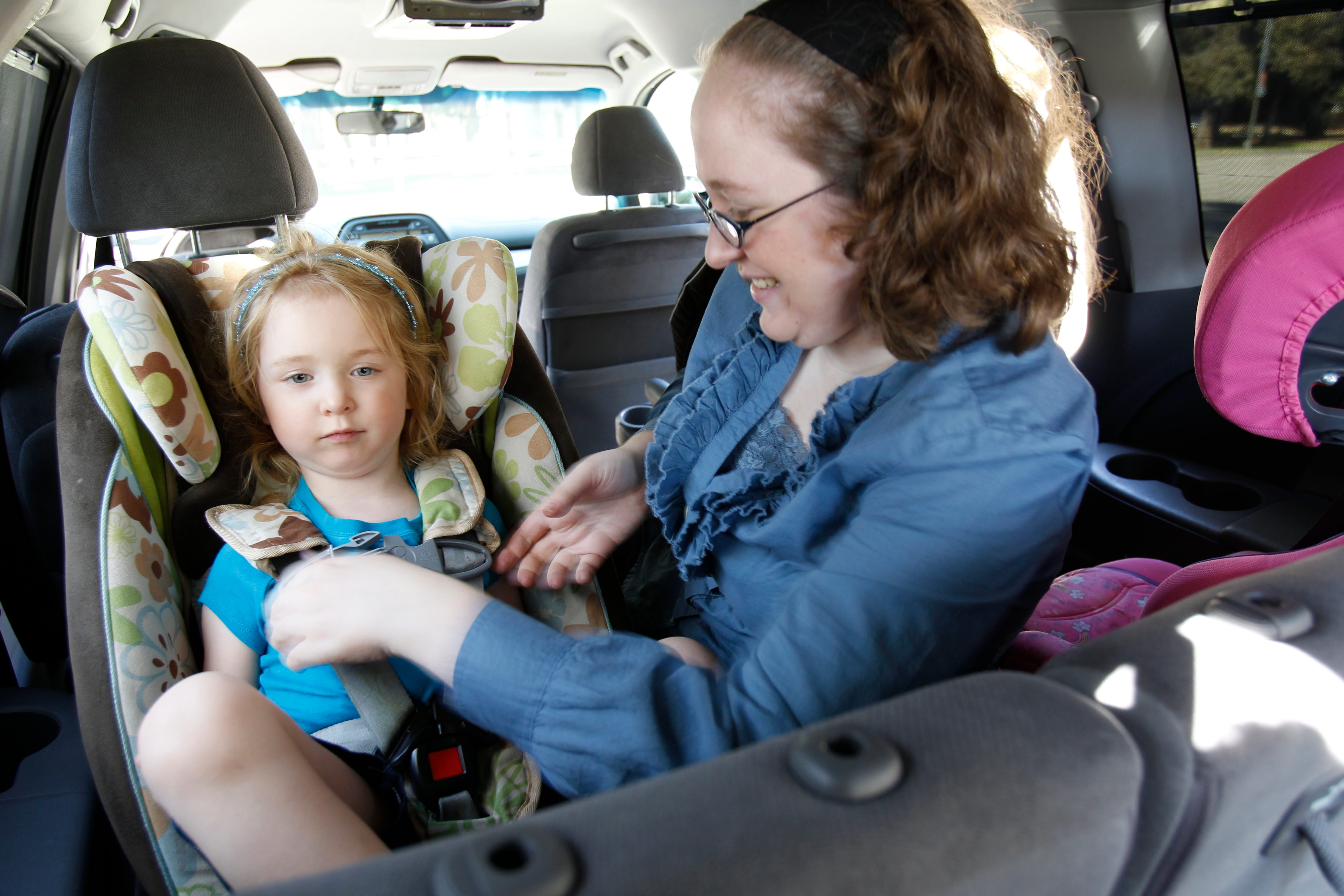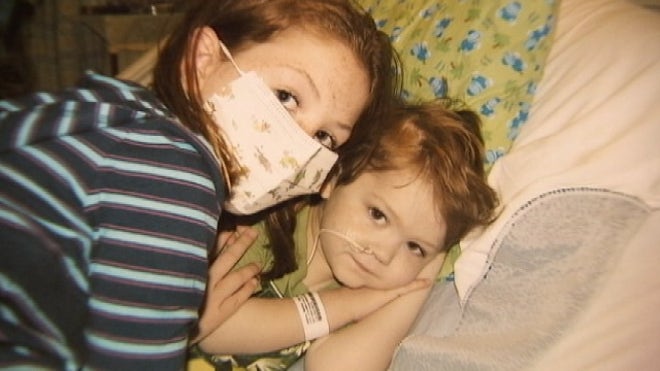
Obese drivers may be at a strikingly higher risk of dying in car crashes than normal-weight drivers because they frequently fail to buckle up, a new study finds.
Based on analysis of a U.S. database of nearly 200,000 fatal passenger vehicle crashes, researchers found that normal-weight Americans involved in those accidents were 66 percent more likely to have been wearing a seatbelt than those who were severely obese.
“Cars should be designed so it’s easier to put a seatbelt on if you’re obese,” the study’s lead author, Dr. Dietrich Jehle, told Reuters Health.
“It’s very important to increase seatbelt use in heavier individuals to best prevent deaths on the highways,” said Jehle, who is director of emergency services at Erie County Medical Center and vice chairman of Emergency Medicine at the State University of New York at Buffalo.
Federal safety standards set in the 1960s, when Americans tended to be lighter, require seatbelts to accommodate men up to 215 pounds. Some automakers provide larger belts or extenders, Jehle said, but heavier people frequently struggle to fasten their belts, feel squeezed once strapped in and drive unbelted.
An earlier study found that individuals considered morbidly obese were 56 percent more likely to die in vehicle crashes than people of normal weight.
Other research has shown that combined lap and shoulder belts reduce crash deaths by 45 percent, Jehle and his colleagues point out.
To see whether weight is linked to seatbelt use, Jehle’s group examined nearly 194,120 drivers involved in auto crashes in which there was at least one fatality between 2003 and 2009.
It is the largest investigation to date of a connection between seatbelt use and obesity, the researchers note in the American Journal of Emergency Medicine.
Obesity is typically defined by body mass index (BMI), a measure of weight relative to height. People with a BMI between 18.5 and 25 are considered normal weight. A BMI between 25 and 30 is considered overweight, between 30 and 40 is obese, and above 40 is morbidly obese.
A 5-foot-10-inch tall man who weighed 300 pounds would have a BMI of 43, for example.
One-third of Americans are considered overweight and another third are considered obese, according to 2009 data from the Centers for Disease Control and Prevention.
The new study relied on police reports and direct observations about whether drivers involved in fatal traffic accidents wore seatbelts.
Jehle’s team found that the closer to morbid obesity a person was, the less likely he or she was to have been wearing a seat belt.
Compared to the morbidly obese drivers, moderately obese people were 23 percent more likely to have been buckled up. The slightly obese were 39 percent more likely and the overweight were 60 percent more likely than the morbidly obese to have been wearing a seatbelt.
“Not buckling up is a deadly decision,” Jehle and his colleagues write. “Obese drivers are far less likely to wear seatbelts than are drivers of normal weight, which puts them at a greater risk of being subjected to higher impact forces and being ejected from the vehicle, both of which lead to more severe injury and/or death.”
Peggy Howell, a spokeswoman for the National Association to Advance Fat Acceptance, agreed that seatbelt use is important and told Reuters Health she obeys the seatbelt law despite difficulty.
“As a woman who’s busty, the seatbelt rides up and strangles me. But I wear my seatbelt, as does my sister, and we’re both clinically obese women,” said Howell, who described herself as close to 300 pounds.
Deb Burgard, California psychologist who specializes in eating disorders, praised the study for calling attention to the need for seatbelts that work for heavy drivers.
Burgard and Howell expressed concern, however, that the findings could shift blame for not wearing seatbelts to obese people.
“I’m just wondering if this is going to lead to insurance companies trying to charge fat people more,” Howell said. “Are police going to start profiling? What are the long-term ramifications of a study like this?”
Jehle said he would like the study to prompt car manufacturers to make longer belts and for safety regulators to use larger dummies in crash tests.
“A lot of the crash studies are done on dummies that do not fit in with our current population, which is one-third overweight and one-third obese,” he said. “When they sell you a vehicle, they should sell it with all the equipment you need to wear a seatbelt.”
Source; Reuters






